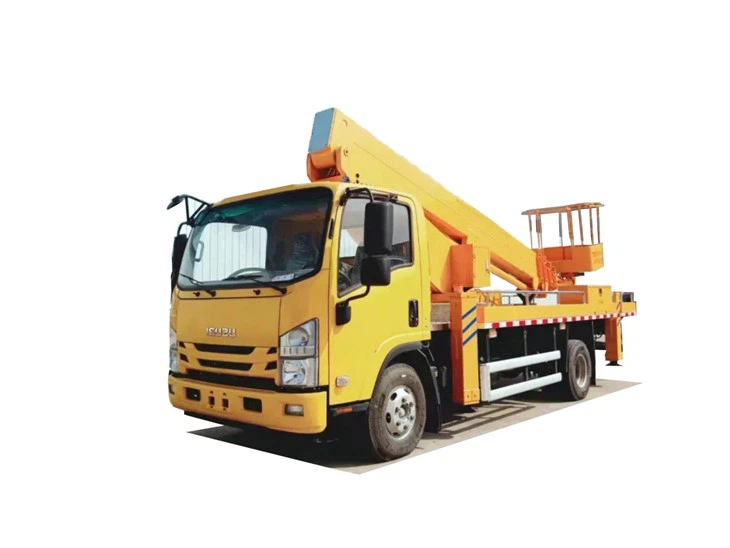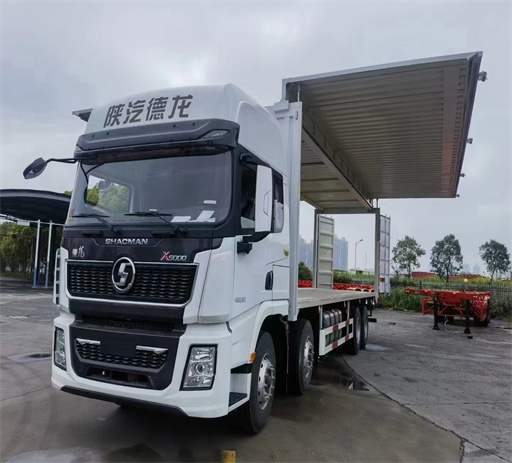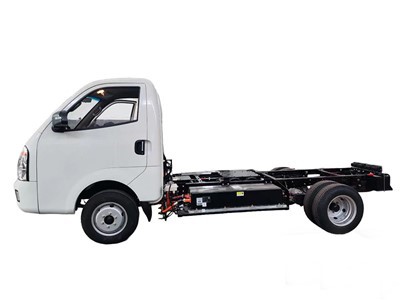Understanding the Isuzu NPR Fuel System Diagram: A Comprehensive Guide

The Isuzu NPR is a versatile truck widely known for its reliability and performance in various industries. Understanding its fuel system is crucial for maintenance and troubleshooting. In this article, we will delve into the Isuzu NPR fuel system diagram, its components, and provide practical examples to enhance your understanding.
Table of Contents
- Overview of Isuzu NPR Fuel System
- Key Components of the Fuel System
- Fuel Tank Details
- Importance of the Fuel Pump
- Role of Fuel Filters
- Common Fuel System Issues
- Troubleshooting Fuel System Problems
- Maintenance Tips
- FAQs
Overview of Isuzu NPR Fuel System
The fuel system in the Isuzu NPR is responsible for delivering fuel from the tank to the engine. The diagram illustrates how fuel flows through various components, ensuring optimal performance. Proper understanding of this system can help avoid issues such as poor fuel efficiency, engine misfires, or complete failure.
Key Components of the Fuel System
The Isuzu NPR fuel system comprises several key components, including:
- Fuel Tank
- Fuel Pump
- Fuel Filter
- Fuel Lines
- Injectors
- Engine Control Unit (ECU)
Fuel Tank
The fuel tank stores the fuel until it is needed by the engine. It is equipped with a fuel gauge to indicate the fuel level.
Fuel Pump
The fuel pump draws fuel from the tank and pumps it to the engine. It can be either a mechanical or electric pump.
Fuel Filter
Fuel filters remove impurities from the fuel before it reaches the engine, preventing clogs and ensuring efficiency.

Fuel Lines
Fuel lines carry the fuel from the tank to the pump and then to the injectors. Proper maintenance ensures these lines are free from leaks and blockages.
Injectors
Injectors spray fuel into the combustion chamber for ignition. They play a critical role in engine performance.
Engine Control Unit (ECU)
The ECU monitors and controls various engine parameters, including the fuel injection timing and amount.
Fuel Tank Details
The fuel tank in Isuzu NPR models is typically located at the rear of the truck. It may vary in size depending on the model. Here are a few specifications:
| Model | Tank Capacity |
|---|---|
| Isuzu NPR 200 | 80 Liters |
| Isuzu NPR 300 | 100 Liters |
Regular inspection of the fuel tank can prevent issues related to rust and contamination.
Importance of the Fuel Pump
This component is critical for the proper functioning of the fuel system. A malfunctioning fuel pump can lead to engine starting issues or poor acceleration. The two main types of fuel pumps are:
- Mechanical Pump: Generally found in older models, it works on engine vacuum.
- Electric Pump: More common in newer models, providing a more reliable fuel supply.
Regular checks and replacements can ensure the fuel pump operates efficiently.
Role of Fuel Filters
Fuel filters play a vital role in maintaining engine health. They trap dirt, debris, and contaminants from the fuel. An overview of fuel filter placement in the Isuzu NPR is as follows:
- Pre-filter: This filter is located before the fuel reaches the pump.
- Main filter: It is located in the fuel line before the injectors.
Replacing the fuel filter at regular intervals can prevent engine damage and performance issues.
Common Fuel System Issues
Understanding potential problems can save time and money on repairs. Here are some common issues related to the Isuzu NPR fuel system:
- Clogged Fuel Filters: Can reduce fuel flow and performance.
- Fuel Pump Failure: Leads to starting issues and poor engine performance.
- Leaking Fuel Lines: Can cause safety hazards and fuel loss.
- Contaminated Fuel: Can damage injectors and the engine.
Troubleshooting Fuel System Problems
Identifying and solving fuel system issues requires a systematic approach. Here are some troubleshooting tips:

Step 1: Check Fuel Levels
Start by confirming sufficient fuel in the tank. Low fuel can sometimes be mistaken for a faulty system.
Step 2: Inspect Fuel Filters
Examine the fuel filters for signs of clogging or damage. Replacing them can often resolve issues.
Step 3: Test the Fuel Pump
Listen for any unusual sounds from the fuel pump. If it’s silent or makes a grinding noise, it may need replacement.
Step 4: Examine Fuel Lines
Look for visible leaks or cracks in the fuel lines. Any signs of wear and tear necessitate immediate replacement.
Maintenance Tips
Regular maintenance can extend the life of your fuel system. Here are some practical tips:
- Check fuel filters regularly and replace them as per manufacturer recommendations.
- Inspect fuel lines for wear and replace them if necessary.
- Ensure the fuel tank is kept clean and free from contaminants.
- Monitor fuel levels to prevent running on empty, which can introduce sediment into the fuel system.
- Consider using fuel additives that clean injectors and improve fuel quality.

FAQs
1. How often should I replace the fuel filter in my Isuzu NPR?
It is recommended to replace the fuel filter every 15,000 to 30,000 miles, but refer to the owner’s manual for specific guidance.
2. What should I do if my Isuzu NPR won’t start?
Check the fuel levels first, then inspect the fuel pump and filters for potential issues before seeking professional help.
3. Can using low-quality fuel damage my fuel system?
Yes, low-quality fuel can lead to contamination, clogged filters, and damaged injectors over time.
4. What are the symptoms of a failing fuel pump?
Common symptoms include difficulty starting, engine sputtering, and poor acceleration.
5. How can I prevent fuel contamination?
Always use fuel from reputable sources and regularly clean the fuel tank and fuel lines.
6. Is it necessary to have a professional service my fuel system?
While some maintenance can be done by owners, professional servicing is recommended for complex issues and safety checks.
